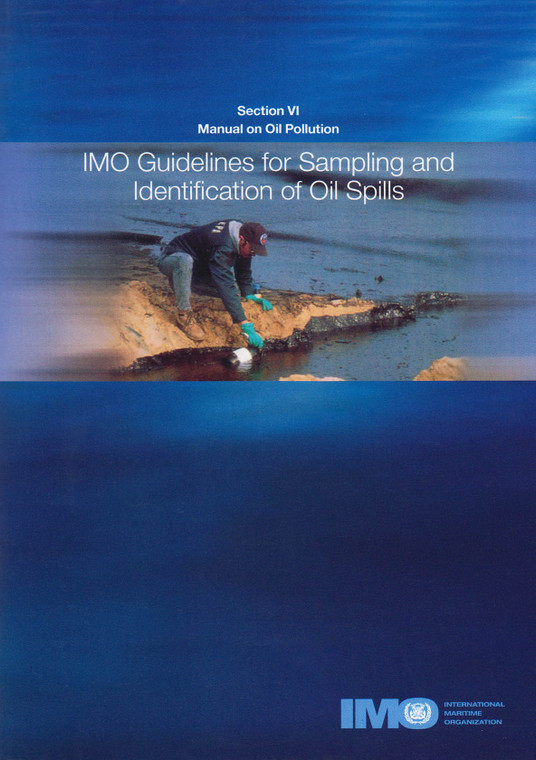
This section of the Manual on Oil Pollution provides guidance to Governments, including those of developing countries, on the techniques, equipment and strategies for sampling oil to identify unknown sources of spilled oil.
This section provides guidance on the techniques, equipment and strategies for sampling oil to identify unknown sources of spilled oil. Although references are given for the laboratory methods required for analysis, the emphasis in this text is on the details of the field work required to collect the samples.
The IMO Guidelines for Sampling and Identification of Oil Spills are intended to provide guidance to governments, including those of developing countries, on the techniques, equipment and strategies for sampling oil to identify unknown sources of spilled oil. Although references are given for the laboratory methods required for analysis, the emphasis in this text is on the details of the field work required to collect the samples.
The integrity of the samples at every point from collection through shipment and analysis is important. The foundation of any chemical analysis is sampling. Sampling correctly provides a representative portion of oil that is not contaminated by other products. Storage and shipment ensure that the sample will not deteriorate before it can be analysed. For oil spills in particular, the analytical process involves comparing the chemical characteristics, or ‘‘fingerprints’’, of the spilled oil and various suspected sources. Therefore, success in matching spills to sources depends on knowing locations where samples should be taken. The education of field samplers with the information in this publication will facilitate the identification of the sources of spilled oil.
This publication has been written to provide a comprehensive and detailed explanation of all aspects of the sampling process. These Guidelines, which deliberately include many different options that are currently in use, may be used in several ways. They can be provided directly to field personnel or used as a basis to prepare guidelines specifically for individual countries.
The draft of this document was developed by a working group formed of technical experts who attended the 1995 Oil Spill Research and Development Forum, which was held at IMO headquarters in London in May 1995. LCDR Kristy Plourde of the US Coast Guard Marine Safety Laboratory chaired the working group and prepared the draft, with active participation by experts from Australia, Bulgaria, the United Kingdom, Germany and Denmark.
Introduction
Definitions
Acronyms and abbreviations
Supplies and equipment
Safety
Planning ahead for sample collection
Sampling procedures
Sample identification and security
Storing the samples
10. Requesting laboratory analysis
11. Shipping samples to the laboratory
12. Choosing a laboratory
13. Laboratory analysis
Appendix A – Oil sampling and shipping checklist
Appendix B – Chain-of-custody record
Appendix C – Proper shipping names and UN numbers for petroleum products
Appendix D – Flashpoint ranges for typical petroleum products
Appendix E – ASTM and NORDTEST standards for analysis of waterborne oil spill samples
A??s a specialized agency of the United Nations, IMO is the global standard-setting authority for the safety, security and environmental performance of international shipping. Its main role is to create a regulatory framework for the shipping industry that is fair and effective, universally adopted and universally implemented.
In other words, its role is to create a level playing-field so that ship operators cannot address their financial issues by simply cutting corners and compromising on safety, security and environmental performance. This approach also encourages innovation and efficiency.
Shipping is a truly international industry, and it can only operate effectively if the regulations and standards are themselves agreed, adopted and implemented on an international basis. And IMO is the forum at which this process takes place.
- Number of Pages:
- 38
- ISBN:
- 9789280114515
- Book Height:
- 250 mm
- Book Width:
- 210 mm
- Author:
International Maritime Organization
- Binding Format:
- Paperback
- Preview:
- Yes
- Publication Date:
- January 1998




